China's manufacturing activity grew for a third straight month, but at a slower pace, an official survey showed on Tuesday.
China’s manufacturing activity grew for a third straight month in October, but at a slower pace, an official survey showed on Tuesday, suggesting policy stimulus may take time to kick in amid new trade risks.
 |
| Workers work on a production line at the Midnight Charm Garment lingerie factory in Guanyun, Lianyungang, Jiangsu province, China, November 25, 2024 - source: Reuters |
The purchasing managers' index (PMI) from the National Bureau of Statistics of China fell to 50.1 in December from 50.3 in November, but remained above the 50 threshold and below the median forecast of 50.3, according to a Reuters poll.
China’s $19 trillion economy has struggled to recover from the Covid-19 pandemic due to weak consumption and investment, but policymakers hope that fiscal and monetary measures announced later this year will spur a recovery in the property market, which has been a drag on the economy.
Improved domestic demand could benefit manufacturers amid a global economic slowdown, cushioning the impact of new tariffs proposed by US President-elect Donald Trump on Chinese goods.
Mixed data on industrial output and retail sales in November, released in early December 2024, underscored the challenges China will face in promoting a sustained economic recovery as it enters 2025. Government advisers are recommending maintaining a growth target of around 5.0% for 2025 and stepping up consumption-focused stimulus measures.
The non-manufacturing PMI, which includes construction and services, rose to 52.2 in December, after falling to 50.0 in November.
President-elect Donald Trump has pledged to impose a 10% tariff on Chinese goods to force the country to stop smuggling chemicals used in the production of fentanyl from China. During his campaign, Donald Trump also said that he could impose tariffs of more than 60% on Chinese goods, posing a major risk to the growth of the world's largest exporter of goods.
At a policy-setting meeting earlier this month, policymakers pledged to increase budget deficits, issue more debt and ease monetary policy to support economic growth.
Last week, the World Bank raised its growth forecast for China in 2024 and 2025, but warned that falling household and business confidence, along with difficulties in the real estate sector, would slow economic growth next year.
Stabilizing the property sector – which accounted for about a quarter of the economy at its peak in 2021 and where 70% of household savings were held – is key to China reviving domestic consumption and improving factory sentiment.
Data due on Thursday from analysts polled by Reuters forecast the Caixin manufacturing PMI (a composite economic indicator reflecting business activity in the manufacturing sector) in the private sector to come in at 51.7.
| China's National Bureau of Statistics' purchasing managers' index (PMI) fell to 50.1 in December from 50.3 in November, but remained above the 50 threshold and below the median forecast of 50.3, Reuters reported. |
Source: https://congthuong.vn/trung-quoc-san-xuat-tang-truong-thang-thu-3-lien-tiep-nhung-toc-do-cham-367216.html





![[Photo] Prime Minister Pham Minh Chinh receives Country Director of the World Bank Regional Office for Vietnam, Laos, Cambodia](https://vphoto.vietnam.vn/thumb/1200x675/vietnam/resource/IMAGE/2025/5/15/2c7898852fa74a67a7d39e601e287d48)

![[Photo] National Assembly Chairman Tran Thanh Man meets with Thai Prime Minister Paetongtarn Shinawatra](https://vphoto.vietnam.vn/thumb/1200x675/vietnam/resource/IMAGE/2025/5/15/e71160b1572a457395f2816d84a18b45)




![[Photo] Explore the Great Wall of Water in the Suburbs of Beijing, China](https://vphoto.vietnam.vn/thumb/402x226/vietnam/resource/IMAGE/2025/5/5/c2e706533d824a329167c84669e581a0)












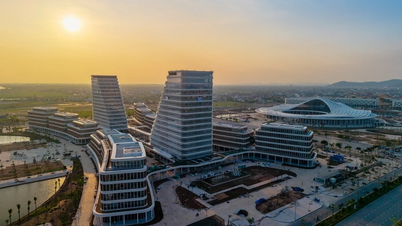







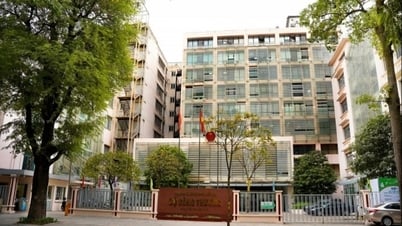
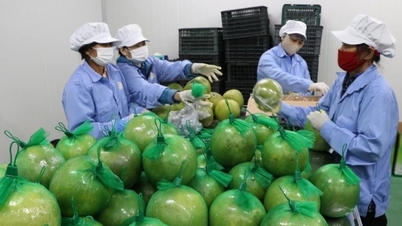















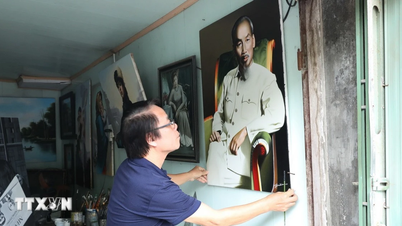






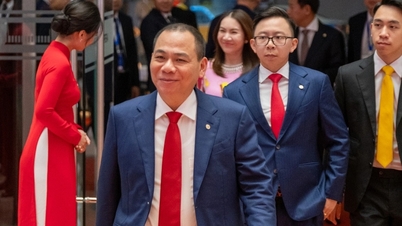








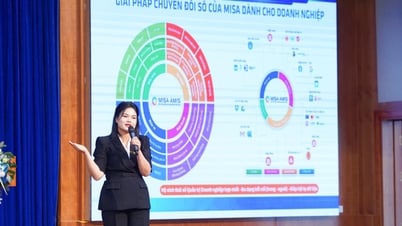


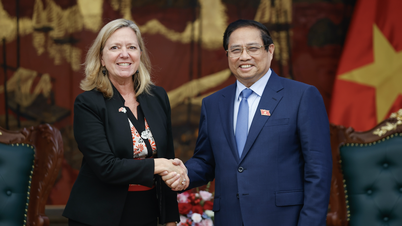




















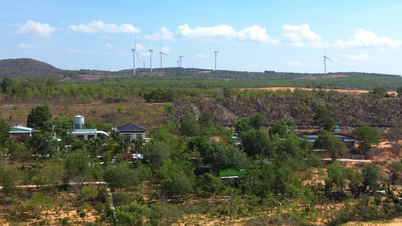










Comment (0)